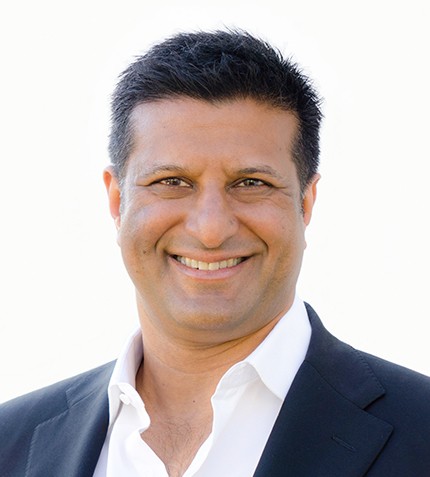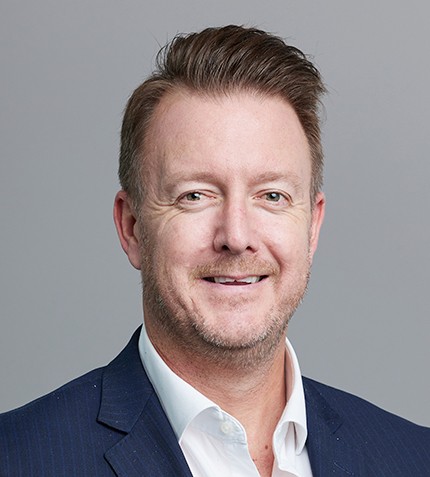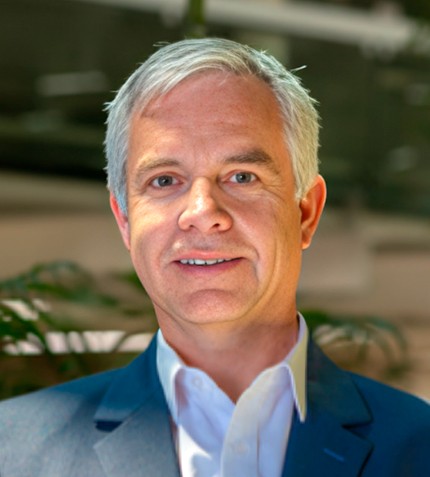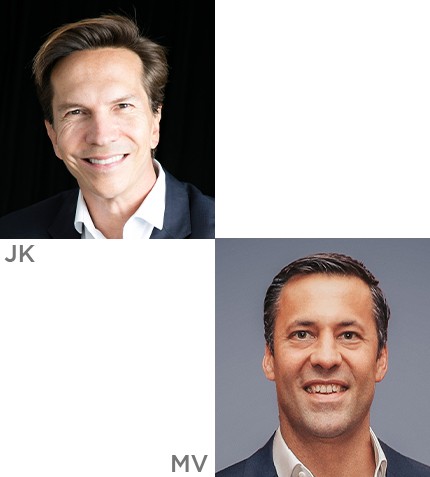
"We are very excited about the prospect of Etrasimod going into more than just ulcerative colitis and we think the broad clinical utility of the compound will be instrumental to our growth."
Amit Munshi
PRESIDENT & CEO, ARENA PHARMACEUTICALS
How would you characterize Arena Pharmaceuticals’ business strategy since you took over as CEO five years ago?
Our original thesis was that the company had numerous interesting compounds on the shelf and we thought that we could begin the rebuilding process on the back of these compounds. When we took over the company it had around a US$300 million market cap. We are now valued over US$4 billion in market cap and we are sitting on over a billion dollars in cash. We always believed that we had the product portfolio and the management team to go build a company over the long term.
I emphasize this because over the last five years in biotech most companies have been focused on near term catalysts and premature IPOs against a backdrop of easy access to capital. However, the companies I admire are the ones that bring products to market, build robust infrastructure, develop healthy pipelines and over the long term build substantial value for shareholders. There is a clear distinction between many companies today that are binary risk science projects, versus a company like Arena, which is built for the long term. Our objective has always been to ask how we bring important products to market. If you look at companies like Celgene, Gilead, Vertex, Regeneron and Amgen, they built pipelines and infrastructure over a decade or two. That is our game plan.
What makes Arena’s portfolio attractive today?
We are progressing four compounds and eight indications in three therapeutic areas. UC 12 and UC 52 are phase three trials for etrasimod in ulcerative colitis (UC), reading out in the first quarter of 2022. That will be a gating event for us to begin to build our commercial infrastructure and begin to become a global commercial pharmaceutical company. We also have several supporting trials in UC alongside that, which will allow us to win commercially in the marketplace.
Can you provide an update on the GLADIATOR trial and its importance?
GLADIATOR is the first prospective study looking at moderate UC patients. There are 150,000 moderate UC patients in the US that have ongoing active disease and are currently treated by older agents like 5-ASA and pulse steroids. These are prime candidates for receiving a once a day oral that has the profile of Etrasimod. If we are successful in our studies, the GLADIATOR program is going to be a critical leg of the stool in order to allow us to address a much larger market population.
What differentiates Etrasimod from other therapies in development for UC, such as Ozanimod?
We are studying Etrasimod in three GI conditions: UC in phase three, Crohn's disease in phase two/three, and Eosinophilic Esophagitis in phase two. We also have multiple indications in dermatology. Etrasimod is a once a day oral that targets the S1P1 receptor. It comes out of Arena’s decade's long discovery research platform, and it is one of an entire library of S1P modulators in our library. Ozanimod is an interesting compound. However, it has a very slow on rate, meaning the drug is very slow to act. It requires the titration schedule, monitoring for liver changes, and it has a very slow off rate. When you withdraw their drug, it takes between a month and three months for your immune system to fully recover. Those are all serious negatives for Ozanimod’s broad adoption. Etrasimod does not require a titration schedule, has a very fast on rate, we are three times faster than Ozanimod in terms of off rate, with patients returning to normal within a week if you withdraw the drug. Finally, we showed an efficacy signal that is almost two times that of Ozanimod, based off of results in phase 2 – with the caveat that these are cross trial comparisons. We are very excited about the prospect of Etrasimod going into more than just UC, and we think the broad clinical utility of the compound will be instrumental to our growth.
What is Arena’s approach to navigating economics cycles, and how has the current boom in biotech financing impacted recruitment of talent?
The last four years have been the easiest capital environment for biotech in terms of raising capital, building companies and most recently taking companies public either directly or via SPACS. Capital has been available for biotech assets and science has moved forward at a breakneck speed. What is missing broadly in biotech is human capital. You cannot triple the number of publicly traded biotech companies and continue building teams. There is simply not enough talent out there. Our biggest challenge is continuing to scale and grow the company while attracting high quality talent. That has become the rate limiter to growth in the sector.










